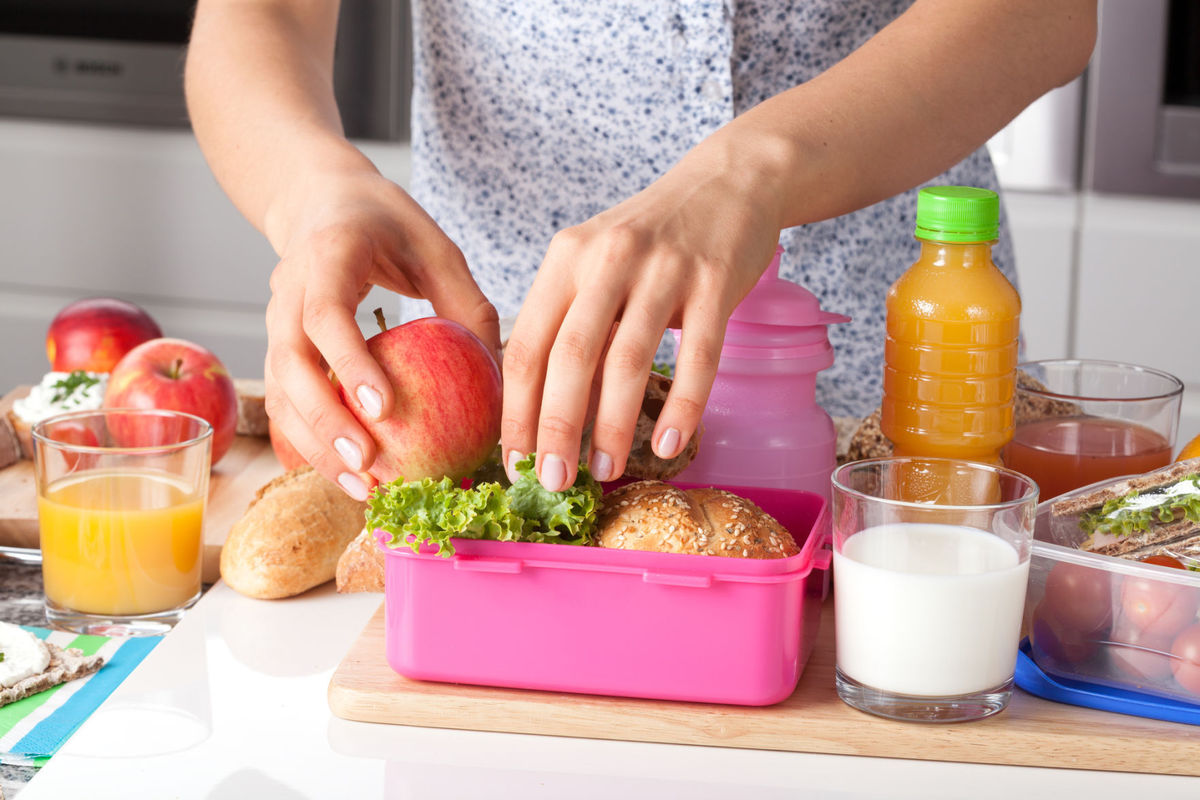
Alright, you’re convinced it’s necessary to pack healthy lunches for your child, but you may feel overwhelmed at how to keep the food at a safe temperature all day.
Relax, we’ve got you covered.
You can still pack fresh healthy items, and ensure your child receives their lunch at the proper temperature.
Need some tips on where to start?
Check out our top 4 suggestions to keep your lunch cool from breakfast until lunch.
- Ditch The Brown Paper Bag: Packing your child’s lunch in a paper bag is a thing of the past.
It’s not only wasteful, but it won’t properly keep your child’s food at a safe temperature.
A major key to ensuring your child’s lunch stays at a cool temperature is to pack it in an insulated bag.
It’s all about the lunch box, really.
More than cute faces on its cover, it’s critical you purchase a lunch box with proper insulation.
If you can find a good bag, that is your home base. Start there.
- Ice It Up:Once you’ve selected the bag, now it’s time to ice it up. Don’t even think about sending your child to school with a lunch bag, without an ice pack!
There’s no need to pour lose ice over everything, but you can surround the items with a sturdy ice pack.
Remember, a cold pack isn’t enough, it must be frozen.
- Think Ahead:To speed up the process, pack what you can the night before, and get everything ready for the AM.
Looking to keep your child’s water cool? Consider freezing it the night before, and pack it in the lunch box right before your child leaves for school.
In addition, you can throw some grapes or yogurt in the freezer the night before to help keep them stay cold through the morning.
You can also freeze juice boxes and other cool drinks so your child can enjoy an ice-cold drink, hours after breakfast.
- Dual Purpose Containers:Part of food safety is keeping food both cold and hot, depending on the item.
Just as important as keeping cool things cold, it’s critical to keep items hot, so they don’t fall into the bacteria growing “danger zone”, which is between 40 °F and 140 °F.
Mighty Nest reported:
“Perishable food (refrigerated), including meat, poultry and eggs, must be kept cold at all times. Eggs should be purchased cold at the store and kept cold at home. In between store and home, transport perishable food as fast as possible when no ice source is available. At home, refrigerate perishables promptly. Food should not be left out at room temperature more than 2 hours — 1 hour if the temperature is above 90 °F (32.2 °C)…
Prepackaged combos are sometimes packed for lunch. These combos often contain perishable foods such as luncheon meats, cheese, and cut fruit that must be kept refrigerated, even though they may be cured or contain preservatives.
Insulated food storage containers are the best containers for ensuring soup and chili stay warm. They’re also the best for keeping food like fruit, yogurt and applesauce cold and at a safe temperature. Shop insulated food containers that are all free from BPA, phthalates, and lead.”
In addition, the USDA recommends the following food safety tips:
“Prepare cooked food, such as turkey, ham, chicken, and vegetable or pasta salads, ahead of time to allow for thorough chilling in the refrigerator [40 °F (4.4 °C) or below]. Divide large amounts of food into shallow containers for fast chilling. Keep cooked food refrigerated until time to leave home.
To keep lunches cold away from home, include at least two cold sources. You can use two frozen gel packs (not smaller than 5×3-inches each) or combine a frozen gel pack with a frozen juice box or frozen bottle of water. Freeze gel packs overnight. When packing your bag lunch, place them on top and bottom of the perishable food items to keep them cold.”
Don’t let the fear of a spoiled lunch prevent you from packing healthy lunches for your children.
Looking for suggestions on healthy meal options? Check out these healthy school lunch ideas.
How do you keep your child’s lunch cool all morning until it’s time for them to eat?
Do you have any lunch-packing tips you’d like to share with other moms?
Tell us your thoughts in the comments section below.
